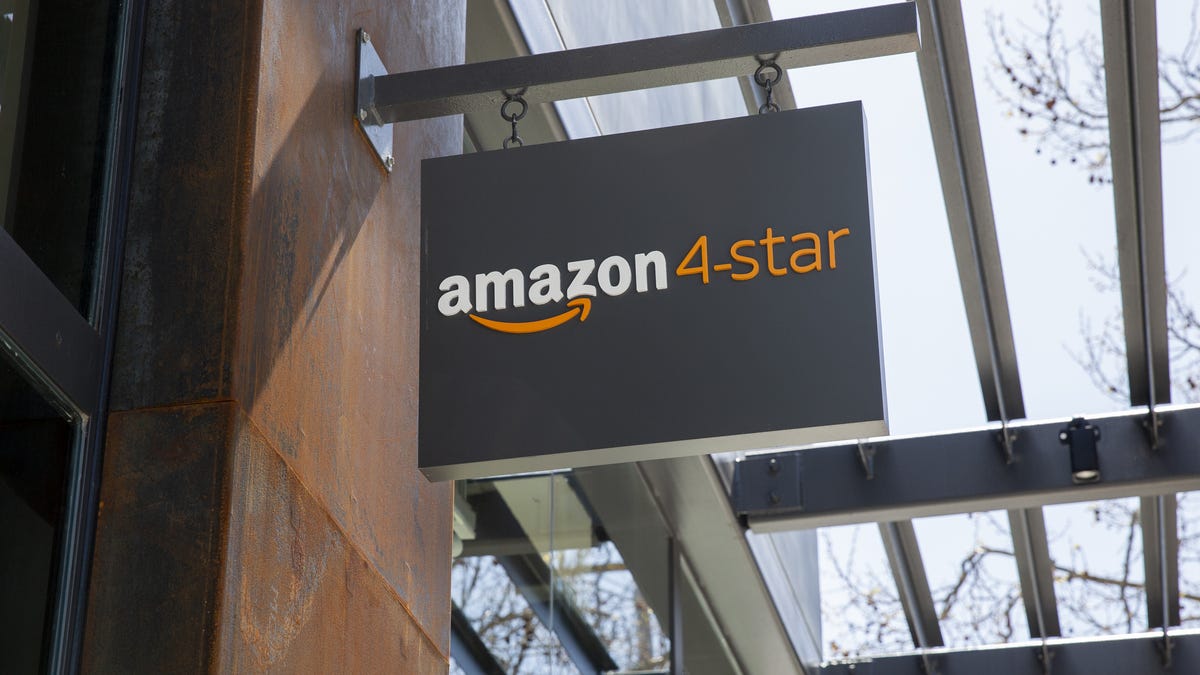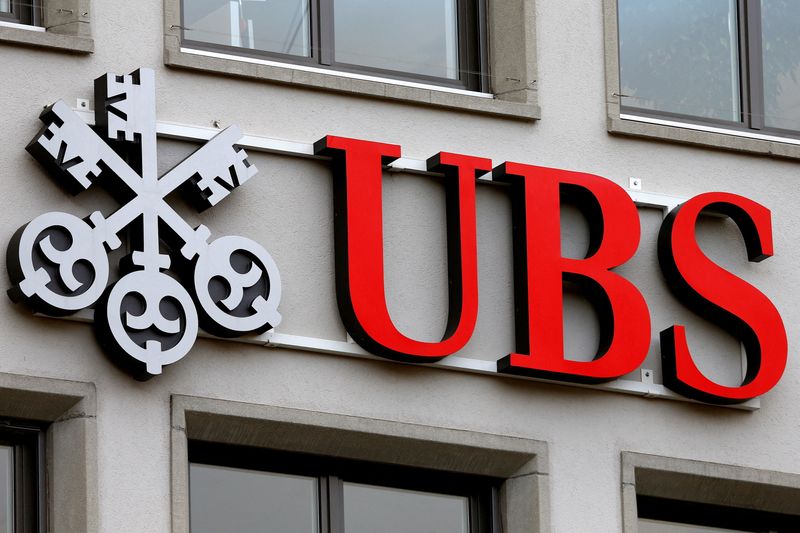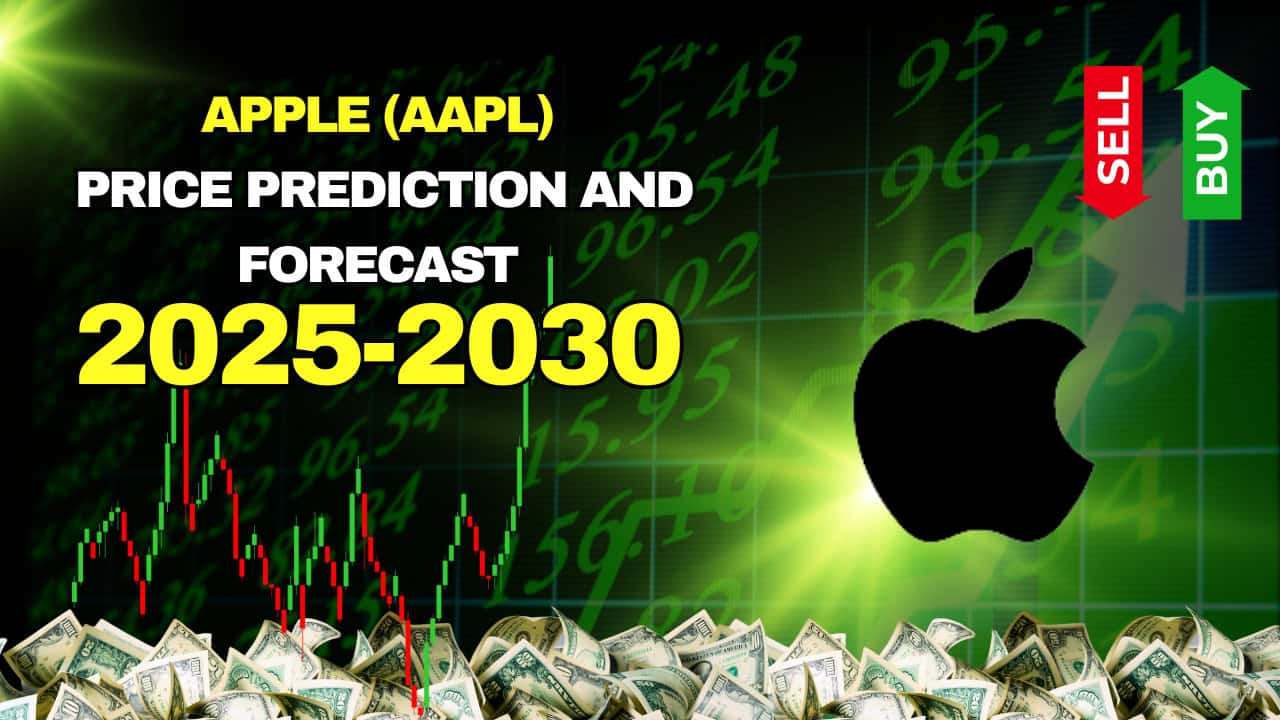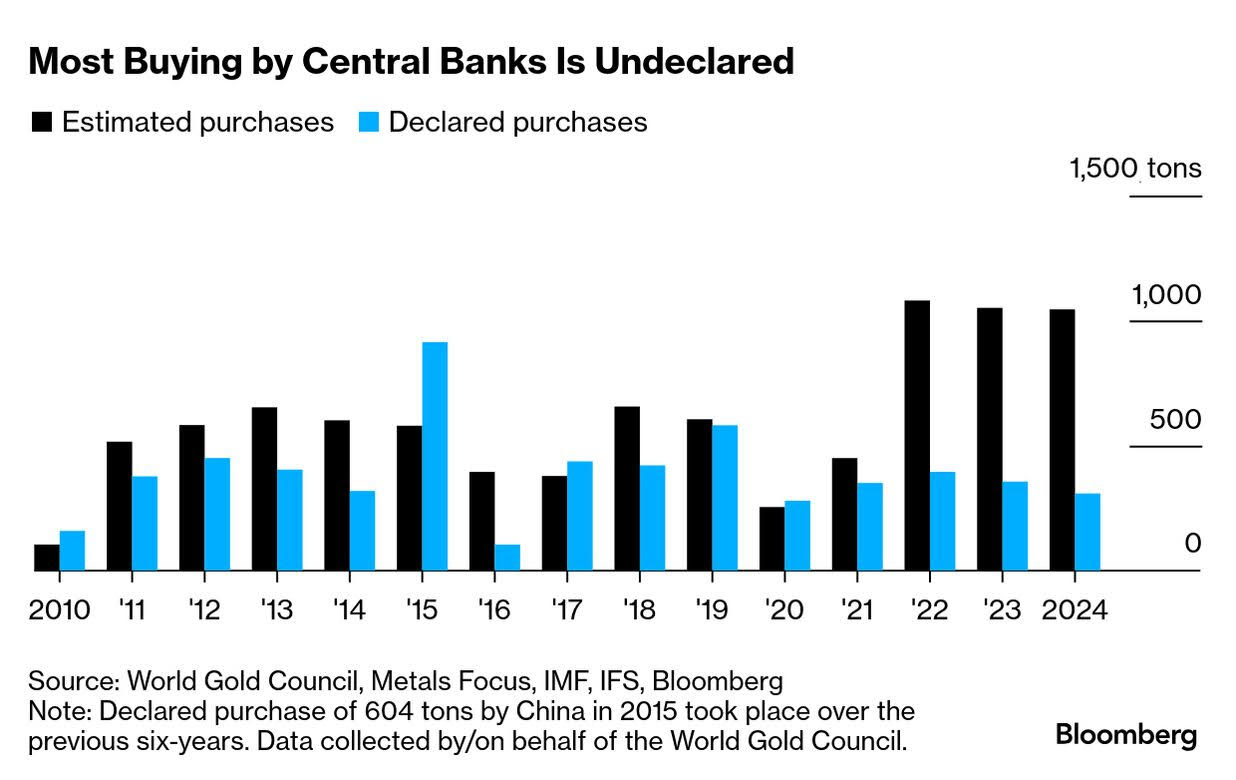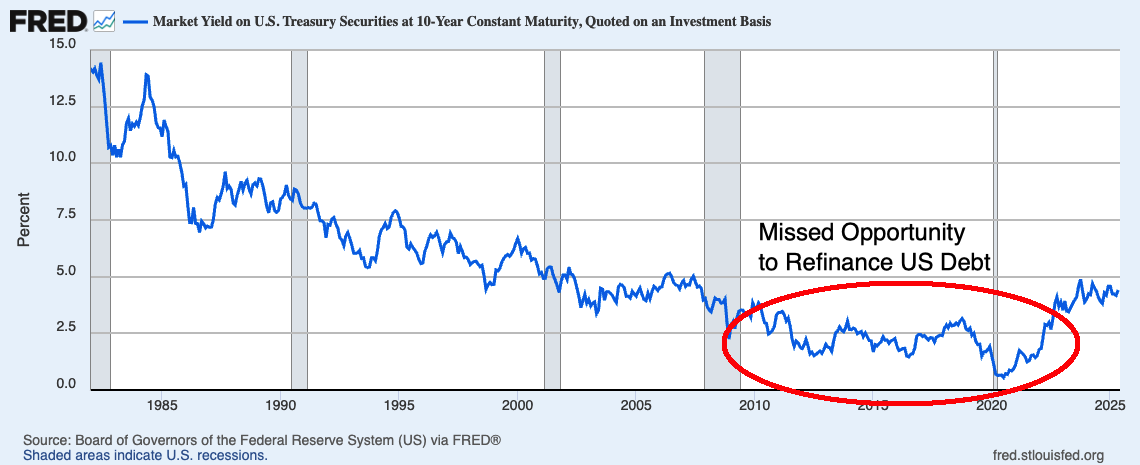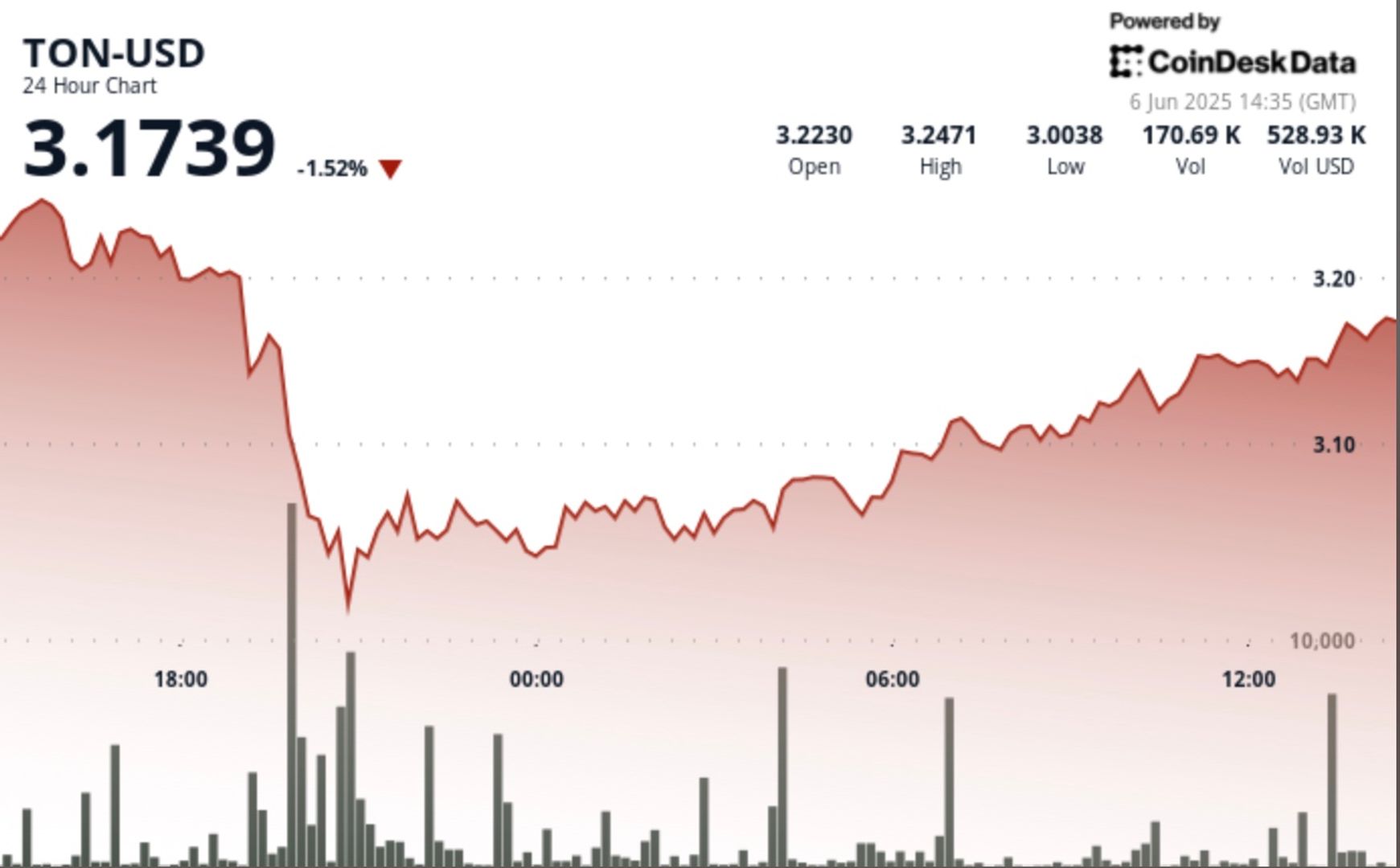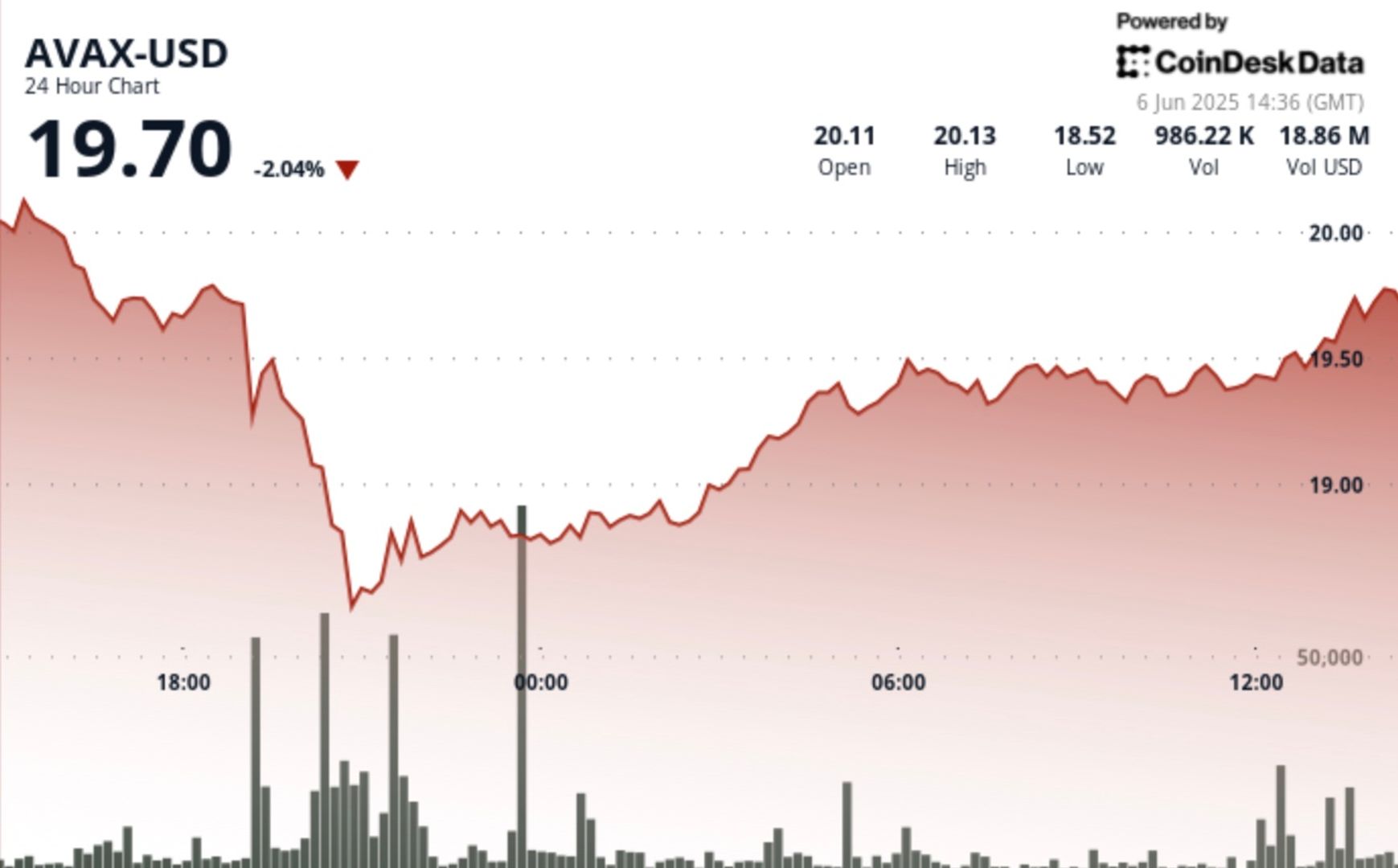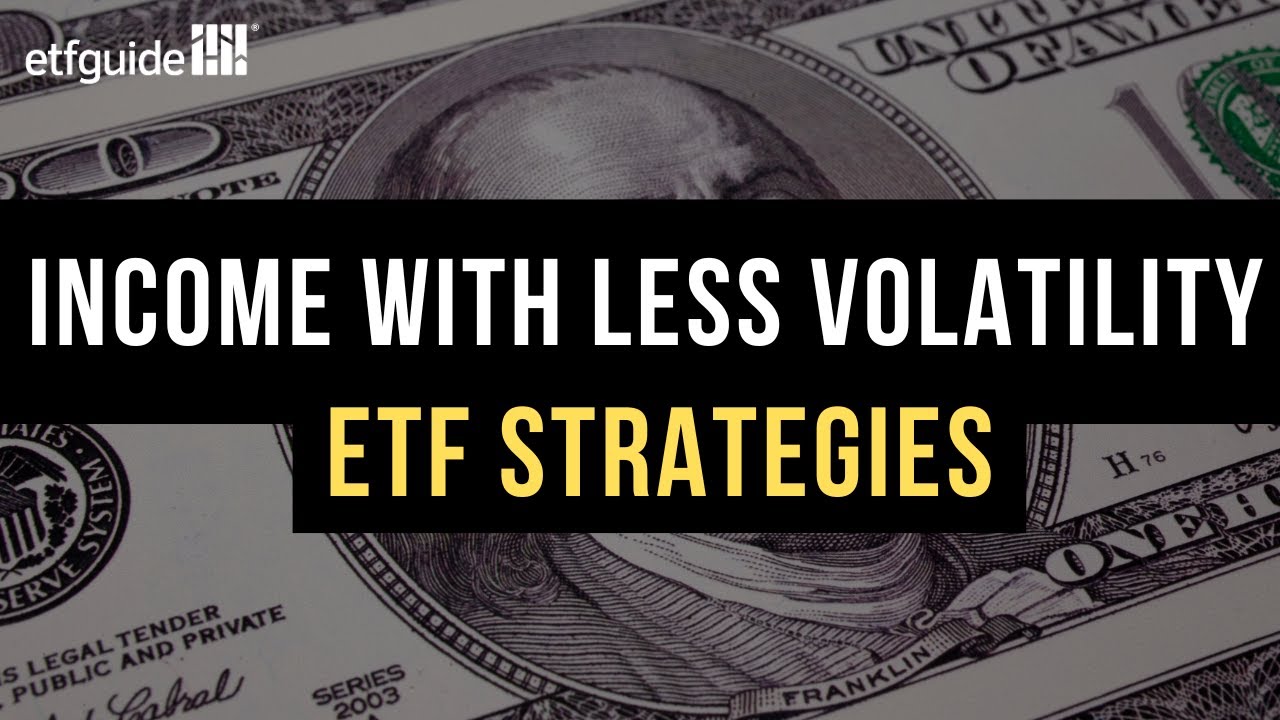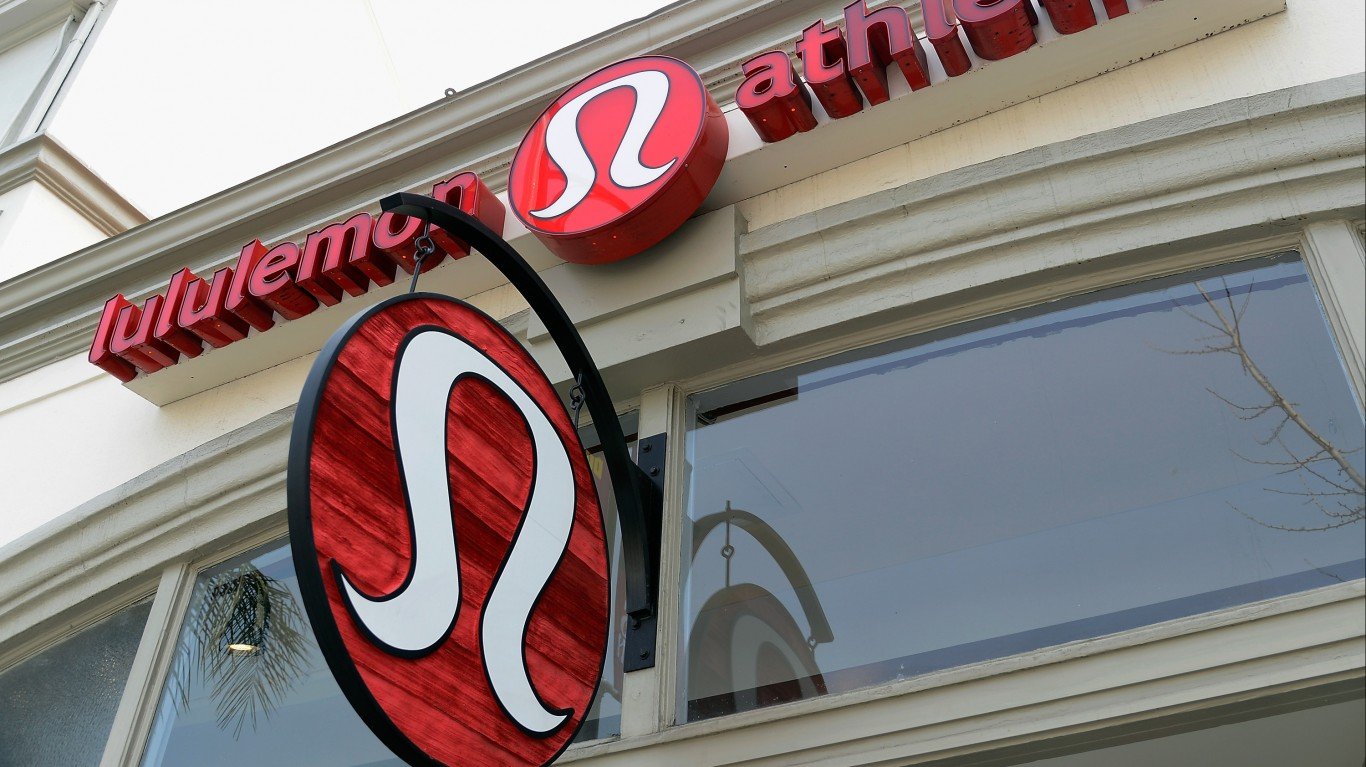4 Blue-Chip Dividend Giants With Incredibly Low Price-to-Earnings Ratios
These four top blue-chip dividend stocks with low price-to-earnings ratios make sense for growth and income investors now. The post 4 Blue-Chip Dividend Giants With Incredibly Low Price-to-Earnings Ratios appeared first on 24/7 Wall St..

Investors love dividend stocks, especially the blue-chip variety, because they offer a significant income stream and have massive total return potential. Total return includes interest, capital gains, dividends, and distributions realized over time. In other words, the total return on an investment or a portfolio consists of income and stock appreciation. Let’s examine the concept of total return. If you purchase a stock at $20 that pays a 3% dividend ($0.60 per share) and the price rises to $22 in a year, your total return is ($22 + $0.60 − $20) / $20 = 13%. This combines the price appreciation and the dividend received.
24/7 Wall St. Key Points:
-
Large-cap blue-chip stocks with low price-to-earnings ratios never go out of style.
-
Some of the best and largest American companies fall into this category.
-
After the massive rally off the lows, quality dividend stocks make sense.
-
Should you have large-cap blue dividend stocks among your holdings? Schedule an appointment with a financial advisor near you for a complete portfolio review. Click here and get started today. (Sponsored)
Blue-chip stocks are shares of large, well-established, financially stable companies with a consistent and reliable performance history. They are often considered less risky and are a popular choice for long-term investors. Additionally, nearly all leaders in the category pay dependable, recurring dividends each quarter, regardless of the state of the economy. The term “blue chip” originates from the game of poker, where a blue chip is the highest-value chip in the game.
We screened our 24/7 Wall Street blue-chip dividend stock research database to identify leading companies with some of the lowest price-to-earnings ratios. Four top stocks stood out, and all make sense for growth and income investors looking to own some of the world’s best companies. All are rated Buy at top Wall Street firms.
Why do we cover blue-chip dividend stocks?

Blue-chip dividend stocks offer investors a reliable source of passive income. Passive income is characterized by its ability to generate revenue without requiring the earner’s continuous active effort, making it a desirable financial strategy for those seeking to diversify their income streams or achieve financial independence.
Exxon Mobil
With oil benchmarks hitting a four-year low in early May 2025, but since rebounding some, this presents investors with an excellent entry point into this energy behemoth. Trading at 13.6 times estimated 2026 earnings, Exxon Mobil Corp. (NYSE: XOM) is the world’s largest international integrated oil and gas company, exploring for and producing crude oil and natural gas in:
- The United States
- Canada
- South America
- Europe
- Africa
- Asia
- Australia/Oceania
Exxon also manufactures and markets commodity petrochemicals, including olefins, aromatics, polyethylene, and polypropylene plastics, as well as specialty products. Additionally, the company transports and sells crude oil, natural gas, and petroleum products.
Top Wall Street analysts expect Exxon to remain a key beneficiary in a stable oil price environment. Most remain very optimistic about the company’s sharp positive inflection in its capital allocation strategy, upstream portfolio, and leverage, which will further drive demand recovery. Exxon also offers greater Downstream/Chemicals exposure than its peers.
The company completed its purchase of oil shale giant Pioneer Natural Resources in May 2024 in an all-stock transaction valued at $59.5 billion. The deal created the largest U.S. oilfield producer and guaranteed a decade of low-cost production.
JPMorgan
JPMorgan Chase & Co. (NYSE: JPM) is the fifth-largest bank in the world by assets. This stock trades at a reasonable 13.6 times estimated 2026 earnings. JPMorgan is one of the leading global financial services firms and one of the largest banking institutions in the United States, with about $3.9 trillion in assets. The company was formed by merging Chase Manhattan’s retail banks and JPMorgan’s investment banks.
The company operates through four segments:
- Consumer & Community Banking (CCB)
- Corporate & Investment Bank (CIB)
- Commercial Banking (CB)
- Asset & Wealth Management (AWM)
The CCB segment offers:
- Deposit, investment, and lending products
- Cash management, payments, and services
- Mortgage origination and servicing activities
- Residential mortgages and home equity loans
- Credit cards, auto loans, leases, and travel services are offered to consumers and small businesses through bank branches, ATMs, and digital and telephone banking.
The CIB segment provides:
- Investment banking products and services, including corporate strategy and structure advisory, and equity and debt market capital-raising services
- Loan origination and syndication, payments, cash and derivative instruments, risk management solutions, prime brokerage, and research
This segment also offers securities services, including custody, fund accounting, and administration, as well as securities lending products, for asset managers, insurance companies, and public and private investment funds.
The CB segment offers financial solutions, including lending, payments, investment banking, and asset management, to small and mid-sized companies, local governments, nonprofit organizations, and large corporations, as well as to investors, developers, and owners of multifamily, office, retail, industrial, and affordable housing properties.
The AWM segment offers multi-asset investment management solutions in equities, fixed income, alternatives, and money market funds to institutional clients and retail investors. Additionally, it provides retirement products and services, brokerage, custody, estate planning, lending, deposits, and investment management products to high-net-worth clients.
PepsiCo
This popular stock has struggled this year, but it offers a bargain entry point, trading at 15.5 times estimated 2026 earnings. PepsiCo Inc. (NYSE: PEP) is a global beverage and convenient food company.
PepsiCo has a portfolio of brands, including Lay’s, Doritos, Cheetos, Gatorade, Pepsi-Cola, Mountain Dew, Quaker, and SodaStream.
Its segments include:
- Frito-Lay North America (FLNA)
- Quaker Foods North America (QFNA)
- PepsiCo Beverages North America (PBNA)
- Latin America (LatAm)
- Europe, Africa, Middle East, and South Asia (AMESA)
- Asia Pacific, Australia, New Zealand, and China Region (APAC)
FLNA makes, markets, distributes, and sells branded convenient foods, which include branded dips, Cheetos cheese-flavored snacks, Doritos tortilla chips, Fritos corn chips, Lay’s potato chips, and others.
QFNA’s products include:
- Cap’n Crunch cereal
- Life cereal
- Pearl Milling syrups and mixes
- Quaker Chewy granola bars
- Quaker grits
- Quaker oatmeal, and others
PBNA makes, markets, and sells beverage concentrates and fountain syrups under various beverage brands, including Aquafina, Bubly, Diet Pepsi, Gatorade, and others.
Verizon
Shares of this American multinational telecommunications company continue to offer tremendous value. The stock trades at 9.2 times estimated 2026 earnings and has increased by over 10% in 2025. Verizon Communications Inc. (NYSE: VZ), commonly known as Verizon, provides a range of communications, technology, information, and entertainment products and services to consumers, businesses, and government entities worldwide.
It operates in two segments:
- Verizon Consumer Group
- Verizon Business Group
The Consumer segment provides wireless services across the United States through Verizon and TracFone networks, as well as through wholesale and other arrangements.
It also provides fixed wireless access (FWA) broadband through its wireless networks and related equipment and devices, such as:
- Smartphones
- Tablets
- Smartwatches and other wireless-enabled connected devices
The segment also offers wireline services in the Mid-Atlantic, including the District of Columbia, and northeastern United States through its fiber-optic network, Verizon Fios product portfolio, and copper-based network.
The Business segment provides wireless and wireline communications services and products, including:
- FWA broadband
- Data
- Video and conferencing
- Corporate networking
- Security and managed network
- Local and long-distance voice
Network access services to deliver various IoT services and products to businesses, government customers, and wireless and wireline carriers in the United States and internationally.
Goldman Sachs has given the company a Buy rating and a price target of $52.
Four Stealth Passive Income Stocks Under $10 Pay Huge Ultra-High-Yield Dividends
The post 4 Blue-Chip Dividend Giants With Incredibly Low Price-to-Earnings Ratios appeared first on 24/7 Wall St..



























